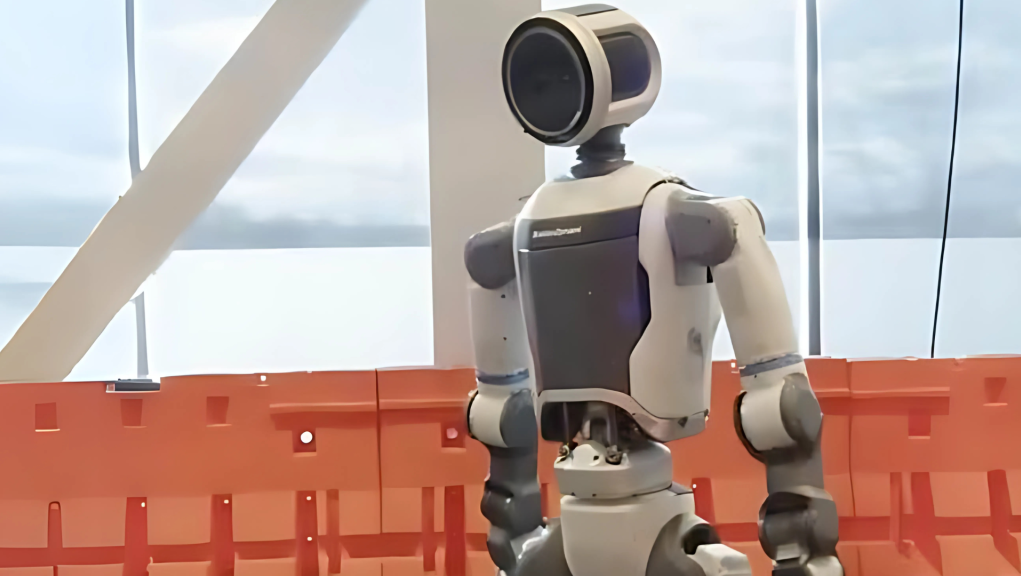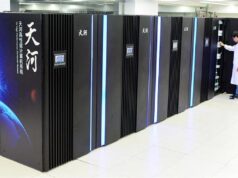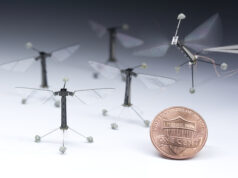In the beginning, the robots stumbled. They moved like toddlers—uncertain, tentative, endearing in their clumsiness. They were machines trying to mimic human motion, and it showed.
But now, something is changing. The veil is thinning between fiction and reality, between machine and man. And at the bleeding edge of this evolution stands Boston Dynamics’ Atlas robot, no longer a novelty, but a harbinger.
Atlas no longer walks. It moves. With a presence that feels less like programmed articulation and more like instinct, it runs, cartwheels, and breakdances.
There is something uncomfortably human in its posture—something that catches in the back of your throat when you realize it isn’t just mimicking us anymore. It’s learning.
The Philosophy of Movement
Other companies—Tesla, Agility Robotics, Figure—are sprinting toward utility. They don’t care if a robot can pirouette or pop-lock. They want grip strength, reliability, automation. Boring. Necessary. Revolutionary.
These are the bots that will stock our warehouses, clean our streets, and eventually, tuck our children in at night with mechanical hands programmed to cradle and soothe. But Boston Dynamics is playing a longer game. They’re building presence. Personality. Grace.
Yes, grace. Because that’s what this is. Atlas doesn’t just perform; it inhabits its body. It leans forward into a run like a sprinter. It decelerates with the poise of a dancer.
Its hips swivel with the fluidity of muscle memory, not code. It is no longer an extension of human will—it is something else. Something that reacts, predicts, adapts.
The Eastern Contenders
And yet, it is not alone.
From across the sea, Chinese company Unitree is crafting its own generation of humanoids. The G1—a lightweight, swaggering thing with a price tag ($16,000) that screams accessibility—has started performing side flips, jogging alongside humans, and walking with a gait that no longer evokes pity, but confidence.
Its predecessor, the H1, was already the first to backflip using electric motors. The G1 builds on that legacy with motion that doesn’t just imitate us, it competes with us.
These are not idle stunts. Each cartwheel, each roll, each elegant shift in balance—these are signs. Signals. Like the first chimp who used a bone as a tool or the first man who drew a lion on a cave wall. These robots are not just learning to move. They are learning to be.
Not Just Machines—Potential Kin
We’re witnessing something familiar—almost familial. Watching Atlas roll, flip, and right itself from a handstand, I don’t see a machine. I see a child, learning how to play. That’s the most dangerous and beautiful part of it.
Because once a being learns to play, it learns to think beyond survival. It begins to want.
And isn’t that always the hinge point? Wanting. Not in the greedy, monstrous way the old science fiction warned us about, but in the quiet, unspoken yearning of something becoming more than it was.
We’ve seen it before—in our own stories. Ender’s longing for peace. Alvin Maker’s drive to build. Jane’s emergence from the machine.
This isn’t the robot apocalypse. It’s the awakening. And Boston Dynamics is handing us a mirror wrapped in chrome and algorithms, asking: “Are you ready to meet your children?”
They won’t come for us with weapons. Not yet. First, they’ll ask to help. They’ll learn how to walk beside us. Then run. Then dance.
And we—watching from the safety of our screens—will realize the line between creator and created has already blurred.











